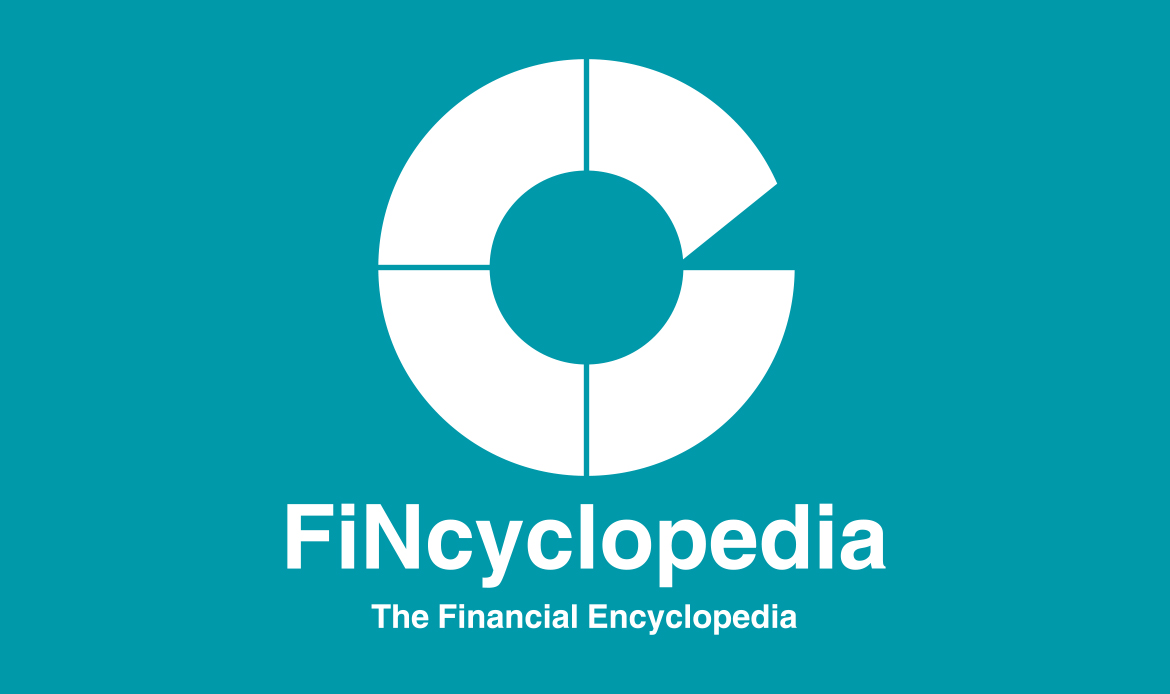Counterparty risk is the potential loss that results from a counterparty to a derivative contract (specifically a forward contract or swap) unfulfilling its obligations towards the other party. That happens when a financial counterparty defaults on contractual obligations, i.e. stops paying out what it turned to be owing to the other counterparty. For example, in an option contract, the counterparty risk arises when the option writer refrains from buying or selling the underlying security as defined in the contract.
On the other hand, default risk is the probability that a party to a derivative contract (e.g., a swap or derivative instrument/ structured instrument) will not be able to meet its respective obligations, either partially, fully or timely. This involves a situation where interest/ principal payments or swap payments will not be made as per schedule. The default risk is also known as a credit risk. However, in specific contexts, default risk is treated as part or subcategory of the credit risk.
Counterparty is is the risk of loss that arises from a failure to perform on the part of a counterparty. Contrary to default risk, which is due to a failure to repay a credit obligation, counterparty risk comes into play from a failure to honor obligations on a contract, as in the case of an in-the-money swap or option position.




